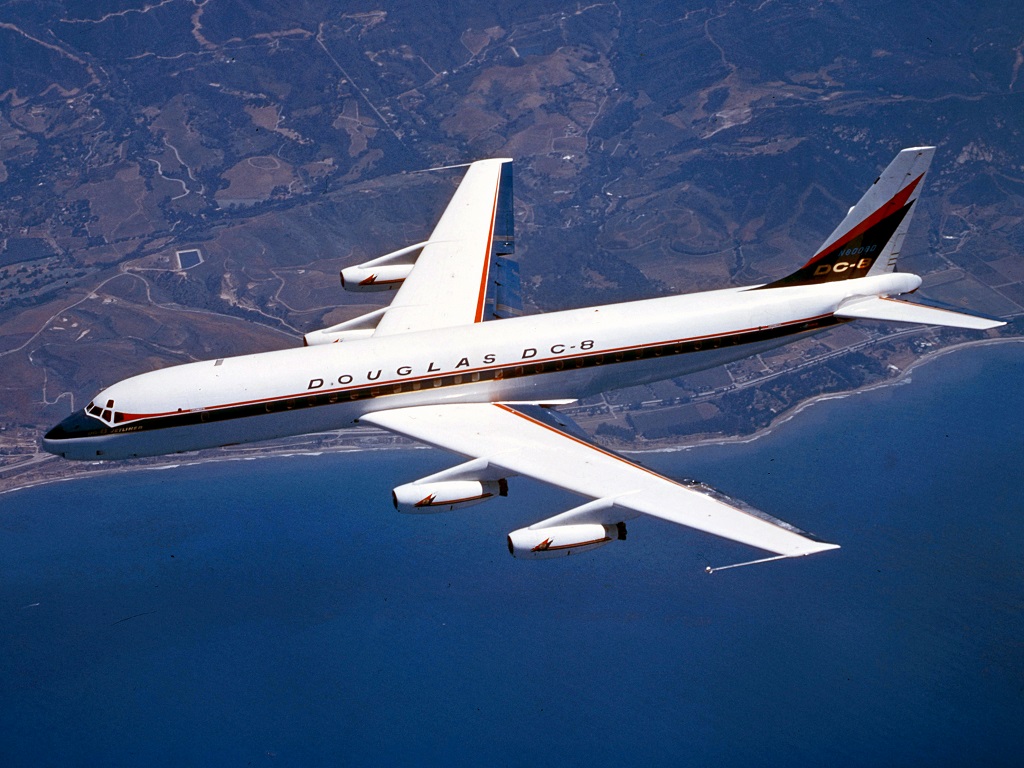Severe Turbulence Has Increased 55% in 40 years.
21 May, 2024
5 min read

Geoffrey Thomas
By joining our newsletter, you agree to our Privacy Policy


Severe turbulence has increased by 55% in the past 40 years because of the impact of climate change according to the University of Reading.
The new research shows that clear-air turbulence, which is invisible and hazardous to aircraft, has increased in various regions around the world.
The report found that at a typical point over the North Atlantic – one of the world’s busiest flight routes – the annual duration of severe turbulence increased by 55% from 1979 to 2020.
Moderate turbulence increased by 37% and light turbulence increased by 17%.
The team behind the study, say the increases are consistent with the effects of climate change.
Warmer air from CO2 emissions increases wind shear in the jet streams, strengthening clear-air turbulence in the North Atlantic and globally.
PhD researcher Mark Prosser said: "Turbulence makes flights bumpy and can occasionally be dangerous. Airlines will need to start thinking about how they will manage the increased turbulence, as it costs the industry USD$150–500m annually in the USA alone.
Every additional minute spent travelling through turbulence increases wear-and-tear on the aircraft, as well as the risk of injuries to passengers and flight attendants.”
The study found that while the USA and North Atlantic have experienced the largest increases, the new study found that other busy flight routes over Europe, the Middle East, and the South Atlantic also saw significant increases in turbulence.
Professor Paul Williams, an atmospheric scientist at the University of Reading who co-authored the study, said:
“Following a decade of research showing that climate change will increase clear-air turbulence in the future, we now have evidence suggesting that the increase has already begun.
We should be investing in improved turbulence forecasting and detection systems, to prevent the rougher air from translating into bumpier flights in the coming decades.”
In 2018 the International Air Transport Association launched a global database aimed at helping airlines avoid turbulent conditions when route planning.
IATA says the availability of accurate turbulence data enables pilots to make more informed decisions about higher flight levels with smoother air. It also expects to produce more optimal fuel burn and lower C02 emissions.
IATA says the program augments an airline’s ability to forecast and avoid turbulence by pooling and sharing real-time data generated by participating airlines.
The association says the current system of airlines relying on pilot reports and weather advisories to help them avoid turbulence is effective but has limitations.
These include the fragmentation of the data sources, inconsistencies in the level and quality of information available as well as problems with defining precise locations.
However, deaths from turbulence have plummeted since the advent of basic weather radar in the late 1950s.
In the 1950s, when about 500 million travelled by air (1950-1959), 304 passengers lost their lives in turbulence-related incidents and accidents.
As air travel dramatical increased in the 1960s with the introduction of jets that number rose to 776.
However, as weather radar improved, the number of deaths declined rapidly.
In the past 20 years, only 3 passengers have died as a result of turbulence, while there are 4.5 billion passenger journeys each year.
JOIN: AirlineRatings.com YouTube Channel
GET: Accurate MH370 Information From AirlineRatings.com Newsletter
Airlineratings.com is packed with information about air travel and answers questions that many of us may have thought of, but didn’t know who to ask. Well, now you do!
Airlineratings.com was developed to provide everyone in the world with a one-stop shop for everything related to airlines, formed by a team of aviation editors, who have forensically researched nearly every airline in the world.
Our rating system is rated from one to seven stars on safety – with seven being the highest ranking. Within each airline, you will find the country of origin, airline code, booking URL and seat map information.
The rating system takes into account a number of different factors related to audits from aviation’s governing bodies, lead associations as well as the airline’s own safety data. Every airline has a safety rating breakdown so you can see exactly how they rate.
Over 230 of the airlines on the site that carry 99 per cent of the world’s passengers have a product rating.
Given that low-cost, regional and full-service carriers are so different we have constructed a different rating system for each which can be found within each airline.
Get the latest news and updates straight to your inbox
No spam, no hassle, no fuss, just airline news direct to you.
By joining our newsletter, you agree to our Privacy Policy
Find us on social media
Comments
No comments yet, be the first to write one.

